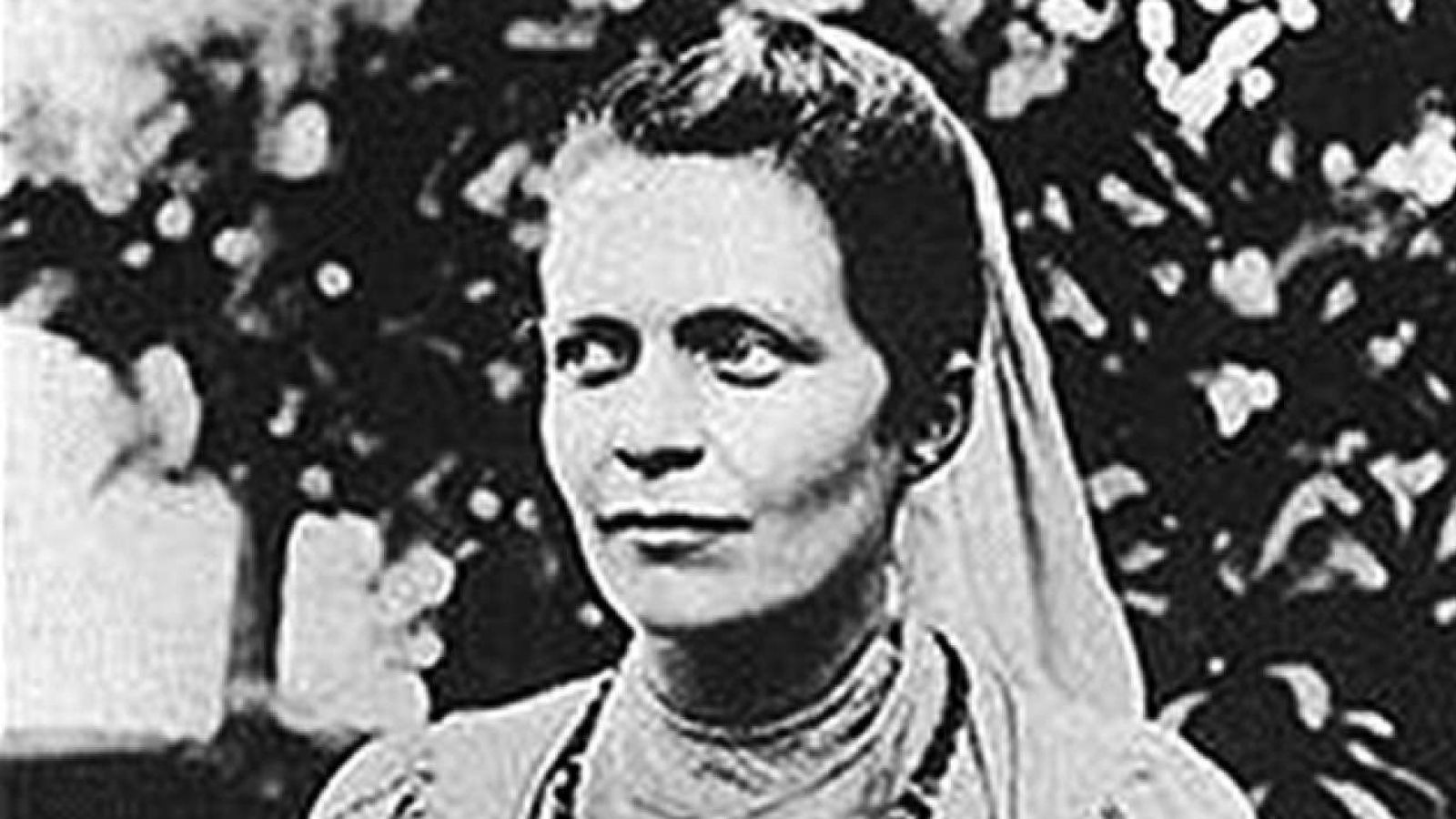By Shyam Krishna Kumar, Vision India Foundation Fellow
This article was published in the DNAIndia
The source of the image is Vision India Foundation
Swami Vivekananda asked for a hundred young men, sincere to the backbone, for transforming India. However, in many ways, it was Margaret Noble, a woman from Ireland, who tirelessly worked to make many of his cherished dreams a reality. When India is still negotiating the challenges of modernity, Sister Nivedita shows us that tradition and modernity need not be opposing forces, eternally locked in a conflict for man’s soul. Rather, the cultural matrix can inspire and power the engines of progress and sustainable development.
It was a chance meeting in London with Swami Vivekananda that transformed Margaret Noble into Sister Nivedita. Her admiration of his personality eventually turned into a deep reverence for Vedanta. The Vedantic understanding transformed into love and dedication to Bharat as a civilisation, and translated into an abiding commitment to serve her people and ensure their national uplift. To dedicate her life to this mission, she relocated to Calcutta and got initiated as a Brahmacharini by Swami Vivekananda. He gave her the name ‘Nivedita’, the dedicated one, and blessed her, saying “Be thou to India’s future son/Mistress, servant, friend in one”.
True to her master’s spirit, she lived and breathed India. Unlike some, her service had no hidden agenda. It was utterly dedicated to India’s regeneration and civilisational revival in three broad dimensions. The first was an intellectual renaissance in all fields of knowledge, which would make India the intellectual capital of the world. The second was ‘man-making’ focussing on both individual and social uplift. The third dimension focussed on nation-building, to create an independent Indian nation that would be the living embodiment of our highest civilisational ideals.
To create an Indic intellectual renaissance, Nivedita actively collaborated with luminaries in all fields of knowledge. In History, she argued for a clear understanding of the Indian past to create a sense of positive pride in one’s roots. In music and art, she encouraged the development of a uniquely Indian aesthetic, drawing upon classical motifs. In Science, she actively supported the pursuits of Jagadish Chandra Bose, who conclusively proved that plants have life. In her own writings, she brought out a deep and sensitive understanding of India’s culture, heritage and society.
Read more on DNAIndia

